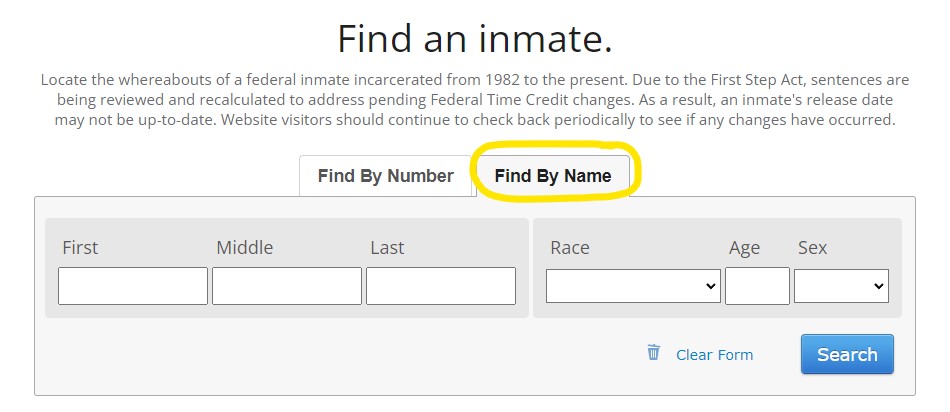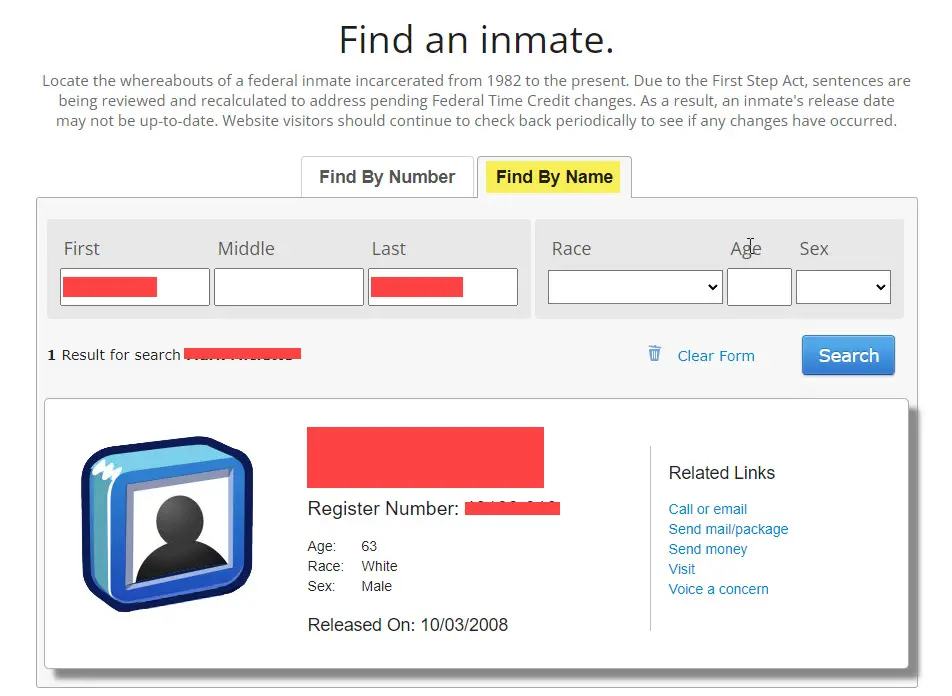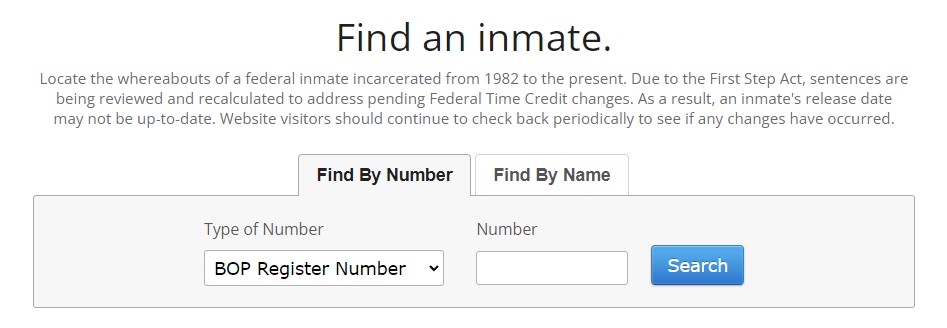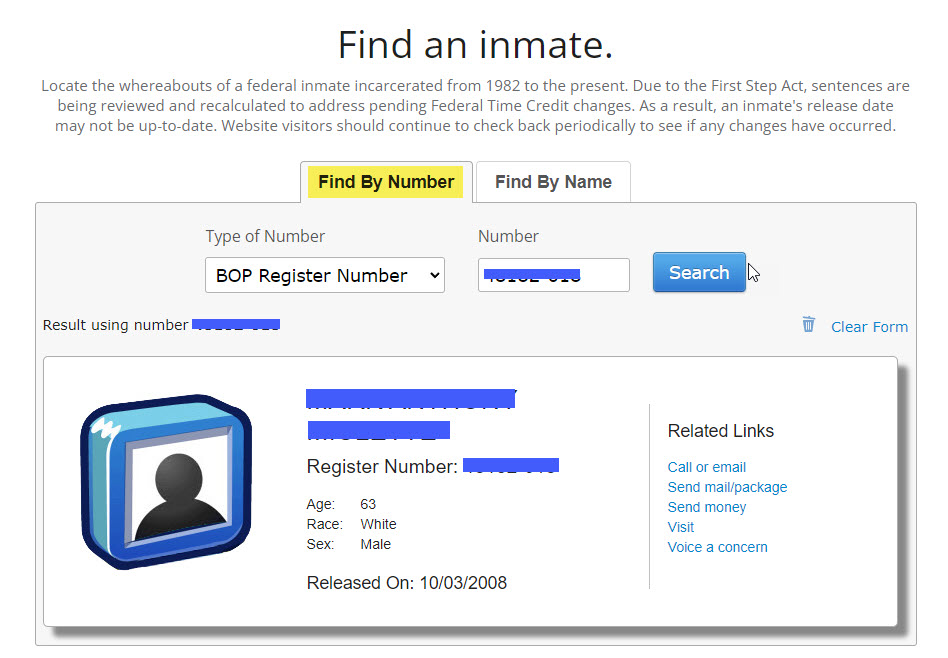
How do you Search for an Arkansas Department of Corrections Inmate?
The Arkansas Department of Corrections maintains a searchable public database of all of the inmates they have in custody.
The prison that an inmate is assigned to depends on factors such as security classification, remaining time of their sentence, gang affiliation, and location of their residence.
Arkansas' first prison with the Department of Corrections was established in 1838. The state currently has 20 state prisons. The number of inmates in custody fluctuates, however as of the end of 2023, they number just under 20,000, with 30 inmates on death row. There are tens of thousands more on parole and supervised release.
The following will explain the instructions, tricks and hacks you can use to find any inmate in custody with the Arizona Department of Corrections.
The Arkansas DOC provides every bit of information you want to know about any inmate in their system.
To look up an inmate, you don't even need to know the spelling of their name.
Further...
1. Look up any inmate by their ADC Number (inmate #).
2. Look up an inmate by last name.
3. Look up any or all inmates by age group.
4. Look up any or all inmates by Race.
5. Look up any or all inmates by County.
6. look up any or all inmates by Facility.
7. Look up any or all inmates by Offense.
8. Choose whether you want to see their mugshots, or not.
Don't forget to read the disclaimer, and then check the box to agree to the terms.
The results of your inmate search will look something like the image below. You will be able to see the following:
Reducing an Inmate's Sentence in the Arkansas Department of Corrections
The Arkansas Inmate 'good-time' classification system places inmates in Class I, II, III or IV status. 'Good time' determines how much an inmate's sentence is discounted.
If eligible, an inmate in:
All inmates are placed in Class II status when they arrive at the Arkansas Department of Corrections. Thereafter, through good behavior and a positive work ethic an inmate may achieve a promotion in class as determined by the 'Unit Classification Committee'. Likewise, 'Disciplinary Court' decides when class should be reduced due to behavioral problems or disciplinary convictions.
As a general rule, offenders must serve one-half of their sentence before he is eligible for transfer. Inmates sentenced for certain non-violent offenses must serve one-third of their sentence before they are eligible for transfer. Also, there are statutory overrides which affect transfer eligibility.
The four levels of transfer eligibility are listed below:
NOTE: Inmates with an offense committed at less than 18 years of age may be eligible for release earlier than indicated on the website. For more information, please contact [email protected].
Federal - Bureau of Prisons - Inmate Locator

The Bureau of Prisons Inmate Locator includes inmates that are not only in custody, but who have been in custody and have been released (or who died in custody) since 1982.
For inmates in custody prior to 1982, visit the National Archives Records Administration and provide the following information:
Searching by Name

Searching by Name Results

Searching by Number

Searching by Number Result

Things to Know About Federal Inmate Search Results
ICE Online Detainee Locator System
When someone that is not a US Citizen gets arrested in the United States, and they are here illegally, depending on what state or city they are arrested in, the person may be turned over to ICE.
Many states such as New York and California, as well as hundreds of US cities, have declared themselves 'sanctuary cities' and do not turn over foreigners here illegally, even if they are committing crimes in their jurisdiction.
However, when an alien here illegally is turned over to ICE, and sent to one of the over 100 Immigration Detention Centers in the United States, the only way to try and locate where they are being detained is using the Online Detainee Locator System.
You can look them up using their assigned A-Number.
You can also try and look them up by using their name.